43 diagram of convergent boundary
Convergent boundaries are created when plates collide, creating mountains or other rising features. ... Transform Boundary Diagram. This transform boundary diagram represents the detail in which a ... Answer: 1 📌📌📌 question What type of plate boundary is shown in the diagram? A. Transform boundary • B. Divergent boundary • C. Convergent boundary • D. Subduction boundary - the answers to estudyassistant.com
Plate tectonics (from the Late Latin: tectonicus, from the Ancient Greek: τεκτονικός, lit. 'pertaining to building') is the generally accepted scientific theory that considers the Earth's lithosphere to comprise a number of large of tectonic plates which have been slowly moving since about 3.4 billion years ago. The model builds on the concept of continental drift, an idea developed ...

Diagram of convergent boundary
Nov 06, 2021 · 1.divergent boundary. 2.convergent boundary. 3.Transform boundaries. Explanation: There are 3 types of boundaries. 1.Convergent boundaries: where two plates are colliding. Subduction zones occur when one or both of the tectonic plates are composed of oceanic crust. ... 2.Divergent boundaries – where two plates are moving apart. ... Constructive boundaries are mainly located under the sea, e.g. the Mid Atlantic Ridge. Here, chains of underwater volcanoes have formed along the plate boundary.One of these volcanoes may become so large that it erupts out of the sea to create a volcanic island, e.g. Surtsey and the Westman Islands near Iceland. When convergent plates collide, the lithosphere thrusts upwards to build mountains. This geologic process of vertical upheaving is the orogenies or mountain-building events. Since the beginning of Earth, plate tectonics have carved out chains of mountains reshaping the landscape inside-out.
Diagram of convergent boundary. Which type of plate boundary is shown in the diagram? Answer: Convergent. Explanation: The collision between two lithosphere plates on the surface of earth results in the formation of convergent plate boundaries. At convergent plate boundaries, they have some of the most violent catastrophes and geology on Earth.When plates smash together, it has created chains of volcanoes. For example, almost all along the Pacific Ring of Fire, plates collide and sink into the ocean floor at zones of subduction.. But continents don't always collide with oceans. 5/14/2021 Convergent boundary - Wikipedia 1/6 Simplified diagram of a convergent boundary Convergent boundary A convergent boundary (also known as a destructive boundary) is an area on Earth where two or more lithospheric plates collide. One plate eventually slides beneath the other, a process known as subduction. The subduction zone can be defined by a plane where many earthquakes occur ... In this 3D lesson plan learn about the general distribution of fold mountains volcanoes and earthquakes and how their distribution is related to movements at plate boundaries. Diagram of plate tectonics. The plates act like a hard and rigid shell compared to Earths mantle. Locations where plates collide convergent boundaries are shown in red.
Where the relative plate motion at the boundary is parallel to the boundary, a transcurrent boundary is formed. Fig. 5.3a. Major lithospheric plates (Mercator projection). The Antarctic Sector of the Pacific Ocean is outlined by heavy dashed line. Fig. 5.3b. Schematic diagram showing the mechanism of seafloor spreading. They will then use this data to predict and map the locations and types of major plate tectonic boundaries. Finally, they should begin to form an intuition about the 3D nature of these plate tectonic boundaries by sketching a cross sectional concept diagram through a convergent boundary, plotting surface topography, earthquakes' locations below ... Convergent Boundary: When two plates come together. Plate Boundaries - Definition, Types and Quiz | Science Terms; 4.6 Convergent Plate Boundaries - Introduction to Oceanography HomeWork – P56 With the aid of a well-labelled diagram, account for the formation of the Mariana Islands and the Mariana Trench. [5] –Diagram 2 marks •0.5m for each labelling/drawing –Explanation 3 marks •0.5m for each point 16. Convergent plate boundaries 1. Oceanic–oceanic plate convergence 2.
Convergent boundaries -- where crust is destroyed as one plate dives under another. Transform boundaries -- where crust is neither produced nor destroyed as the plates slide horizontally past each other. Plate boundary zones -- broad belts in which boundaries are not well defined and the effects of plate interaction are unclear. Diagram of a Transform Boundary. About 80 of earthquakes occur where plates are pushed together called convergent boundaries. This type of convergent boundary happens where. It is a point of collision between two or more platesWhe two plates meet and collide there is subduction of one plate. Diagram of a Divergent Boundary. Réponses: 3 questionner: For numbers 1 to 3, please refer to Figure 1. 1. What type of plate boundary is most likely to occur at point A in the diagram? a. Transform c. divergent b. Reverse d. convergent 2. Which of the following can explain what may happen at Point B in the Unit 6 is designed for introductory-level geology courses, including courses in physical geology and geologic hazards, but is also appropriate for any course studying plate tectonics. Unit 6 is a continuation of Unit 5 and is intended to be used in a two-class sequence with Unit 5.
Which surface feature was produced by crustal movements at a convergent plate boundary? Deep ocean trenches, volcanoes, island arcs, submarine mountain ranges, and fault lines are examples of features that can form along plate tectonic boundaries.
Below is an image of a plate boundary. Which of the following best describes the type of plate boundary that this diagram represents? A. This is a convergent plate boundary between two ocean plates. B. This is a convergent plate boundary between two continental plates. C. This is a transform plate boundary where two plates slide past each other. D.
A and B represent locations on two separate plates. The curved black line represents the plate boundary. The arrows show the directions of plate motion and the rates of motion are indicated. What kind of plate boundary is present between A and B? a. transform b. convergent c. divergent d. none
At an ocean-ocean convergent boundary, one of the plates (oceanic crust and lithospheric mantle) is pushed, or subducted, under the other (Figure 4.6. 1). Often it is the older and colder plate that is denser and subducts beneath the younger and warmer plate.
According the theory of plate tectonics, Earth's outer shell is made up of a series of plates.The map above shows names and generalized locations of Earth's major tectonic plates. These plates move and interact with one another to produce earthquakes, volcanoes, mountain ranges, ocean trenches and other geologic processes and features.Map prepared by the United States Geological Survey.
A convergent boundary (also known as a destructive boundary) is an area on Earth where two or more lithospheric plates collide. One plate eventually slides beneath the other, a process known as subduction.The subduction zone can be defined by a plane where many earthquakes occur, called the Wadati–Benioff zone. These collisions happen on scales of millions to tens of millions of years and ...
At an ocean-ocean convergent boundary, one of the plates (oceanic crust and lithospheric mantle) is pushed, or subducted , under the other (Figure 4.6.1). Often ...
Convergent boundaries form strong earthquakes, as well as volcanic mountains ... A Thousand Miles of Desert and Mountains Worksheet 3 answer key Pacific .... The Andes Mountain Range of western South America is another example of a convergent boundary between an oceanic and continental plate.. Convergent oceanic/continental boundary.
Convergent plate boundary interactive diagram this simple interactive diagram is designed to help students better understand the positional differences between oceanic and continental crust when Note how the M 7 1 occurred at a location where the downgoing Pacific plate is indeed bending downward near the M 7 1 hypocenter.
Convergent boundaries occur when two of Earth's tectonic plates collide, often resulting in the formation of mountain ranges and volcanoes. Learn the definition and explore the features ...
Convergent plate boundaries are locations where lithospheric plates are moving towards one another. The plate collisions that occur in these areas can ...
Given the two type of Earth crust (ocean and continental), there are three possibilities for convergent boundaries. Ocean-Continental convergent boundary. Very ...
The process by which oceanic crust sinks beneath a deep-ocean trench and back into the mantle at a convergent plate boundary. Transform Boundary. A plate boundary where two plates move past each other in opposite directions ... Which of the following forces likely generated the earthquake depicted in the diagram above? Tension forces. The ...
Convergent plate boundaries and divergent plate boundaries Where are the world's highest mountain ranges created? Convergent plate boundries Which type(s) of plate boundaries indicate(s) the direction of relative plate motions ... What type of plate boundary is shown in the diagram? A subduction zone Which of the following locations could be ...
3.3: Convergent Boundaries. Convergent boundaries, also called destructive boundaries, are places where two or more plates move toward each other. Convergent boundary movement is divided into two types, subduction and collision, depending on the density of the involved plates. Continental lithosphere is of lower density and thus more buoyant ...
Feb 14, 2021 — Convergent boundary movement is divided into two types, subduction and collision,… ... Figure 2.3.2: Diagram of ocean-continent subduction.
Aug 29, 2017 · A convergent boundary might also feature two oceanic plates. When two such plates approach each other, the older and hence the denser plate usually subducts beneath the other. This results in the creation of magma chambers at the subduction zones which might ultimately lead to volcanic eruptions and the formation of volcanic island chains in ...
A convergent boundary is a boundary where two separate plates are pushing into each other. There are two kinds of surface features that are associated with a convergent boundary.
This image shows the three main types of plate boundaries: divergent, convergent, and transform. Image courtesy of the U.S. Geological Survey.
A strike-slip fault is a simple offset; however, a transform fault is formed between two different plates, each moving away from the spreading center of a divergent plate boundary. When you look at the transform fault diagram, imagine the double line as a divergent plate boundary and visualize which way the diverging plates would be moving.
Unlike divergent and convergent boundaries, at transform boundaries no new crust is created, and there is no subduction (or sandwiching) of plates. ... as in this diagram. Zigzag breaks can form ...
Block diagram of a subduction zone. block diagram illustrating tectonic convergent boundary and subduction of two oceanic plates. (Public domain.).
225 million years ago (Ma) India was a large island situated off the Australian coast and separated from Asia by the Tethys Ocean. The supercontinent Pangea began to break up 200 Ma and India started a northward drift towards Asia. 80 Ma India was 6,400 km south of the Asian continent but moving towards it at a rate of between 9 and 16 cm per year.
Divergent plate boundaries, which are associated with the formation of rift valleys, occur when plates move away from one another. Convergent plate boundaries move toward one another, pushing into ...
Feb 11, 2020 — Convergent Plate Boundary Development. subduction zone diagram. Subduction. Where tectonic plates converge, the one with thin oceanic crust ...
A convergent plate boundary is the boundary that occur when two plates collide each other either a continental plate with continental plate or oceanic plate. This causes very large earth movements. Plate collision can produce earthquake, volcanoes, mountains formation, and other geological event. The Himalayas were formed by such a collision. ...
When convergent plates collide, the lithosphere thrusts upwards to build mountains. This geologic process of vertical upheaving is the orogenies or mountain-building events. Since the beginning of Earth, plate tectonics have carved out chains of mountains reshaping the landscape inside-out.
Constructive boundaries are mainly located under the sea, e.g. the Mid Atlantic Ridge. Here, chains of underwater volcanoes have formed along the plate boundary.One of these volcanoes may become so large that it erupts out of the sea to create a volcanic island, e.g. Surtsey and the Westman Islands near Iceland.
Nov 06, 2021 · 1.divergent boundary. 2.convergent boundary. 3.Transform boundaries. Explanation: There are 3 types of boundaries. 1.Convergent boundaries: where two plates are colliding. Subduction zones occur when one or both of the tectonic plates are composed of oceanic crust. ... 2.Divergent boundaries – where two plates are moving apart. ...



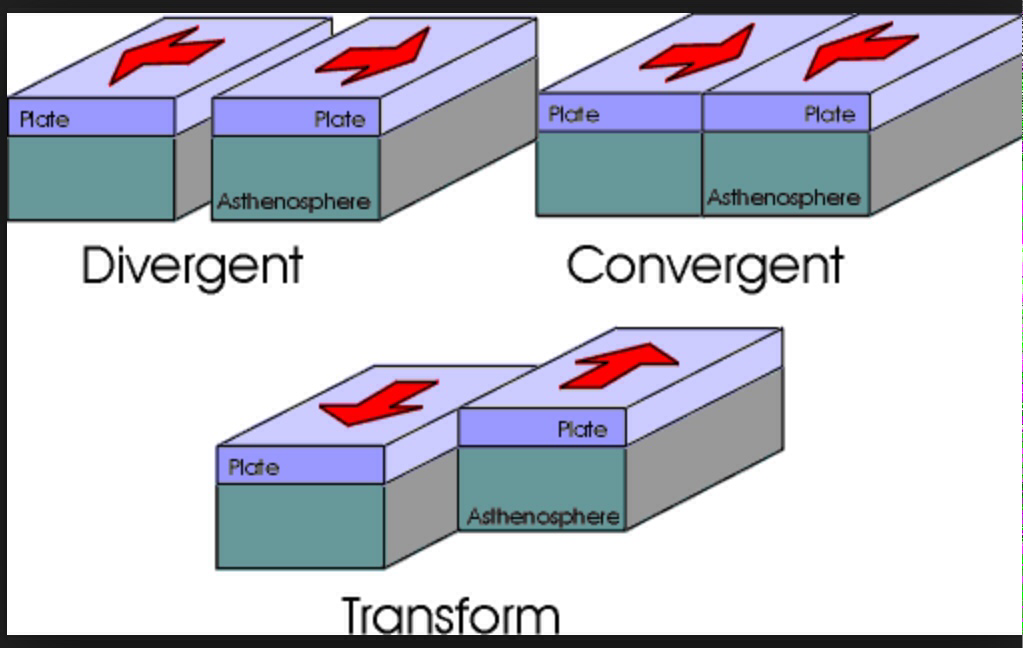


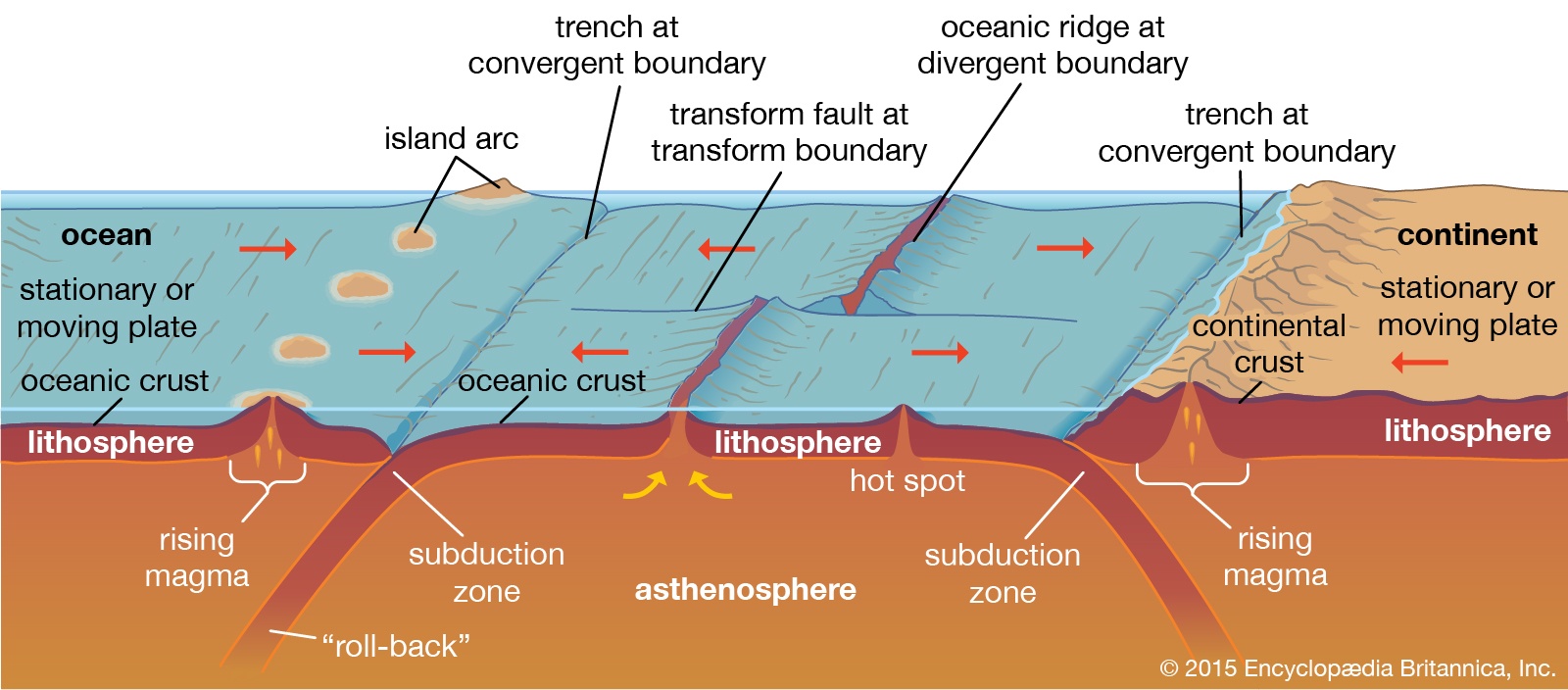
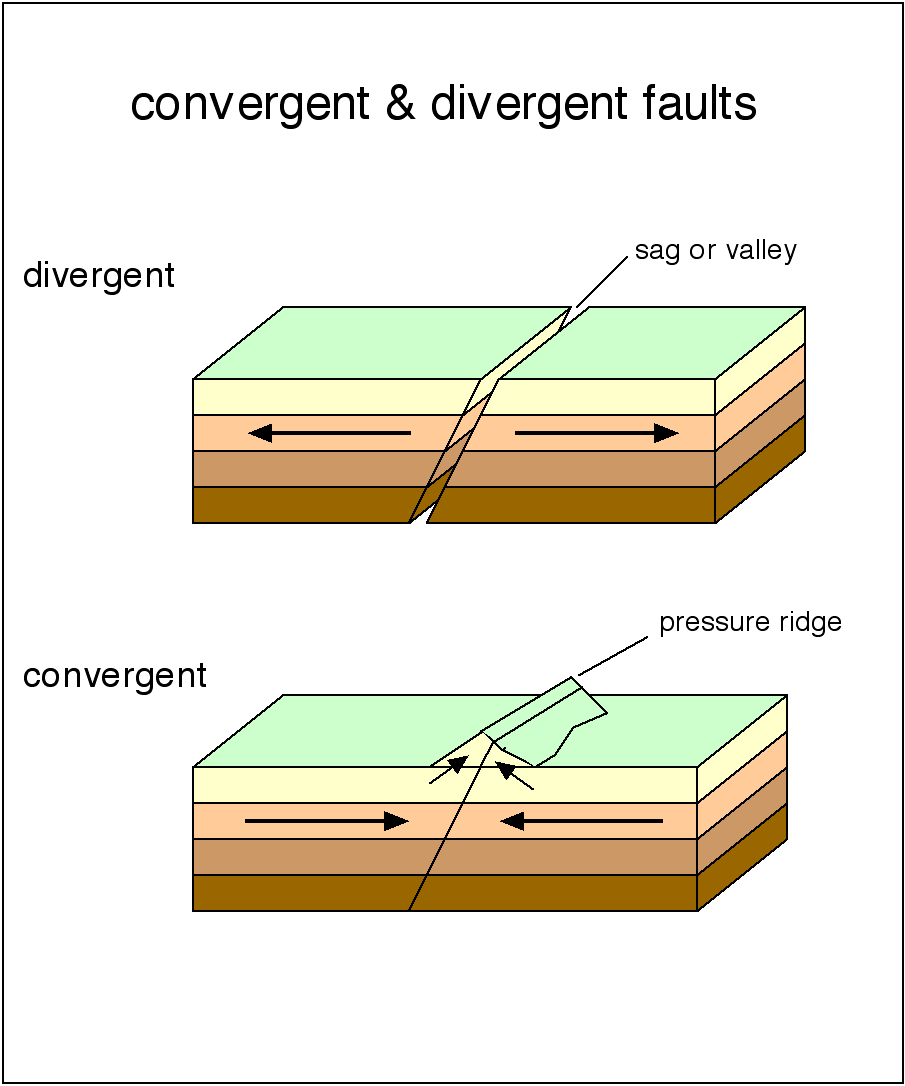
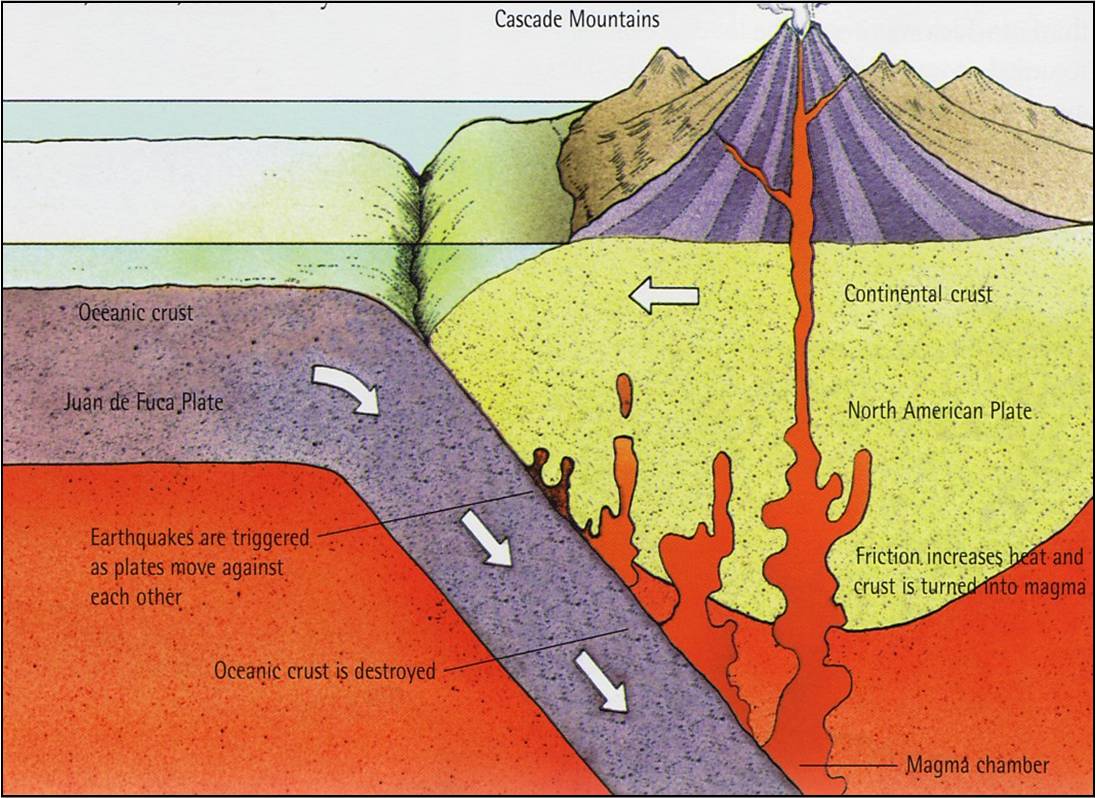


:max_bytes(150000):strip_icc()/Continental-continental_destructive_plate_boundary_LABELED-56c55a0e3df78c763fa34493.png)
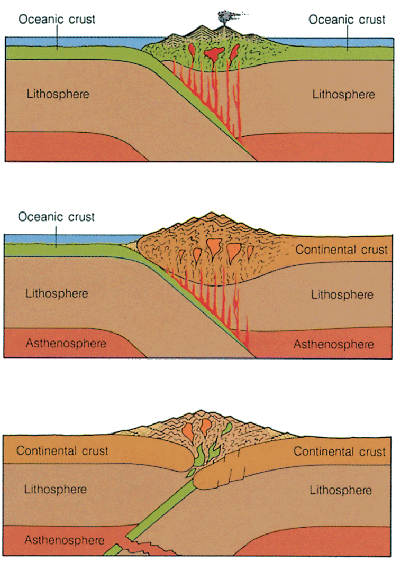



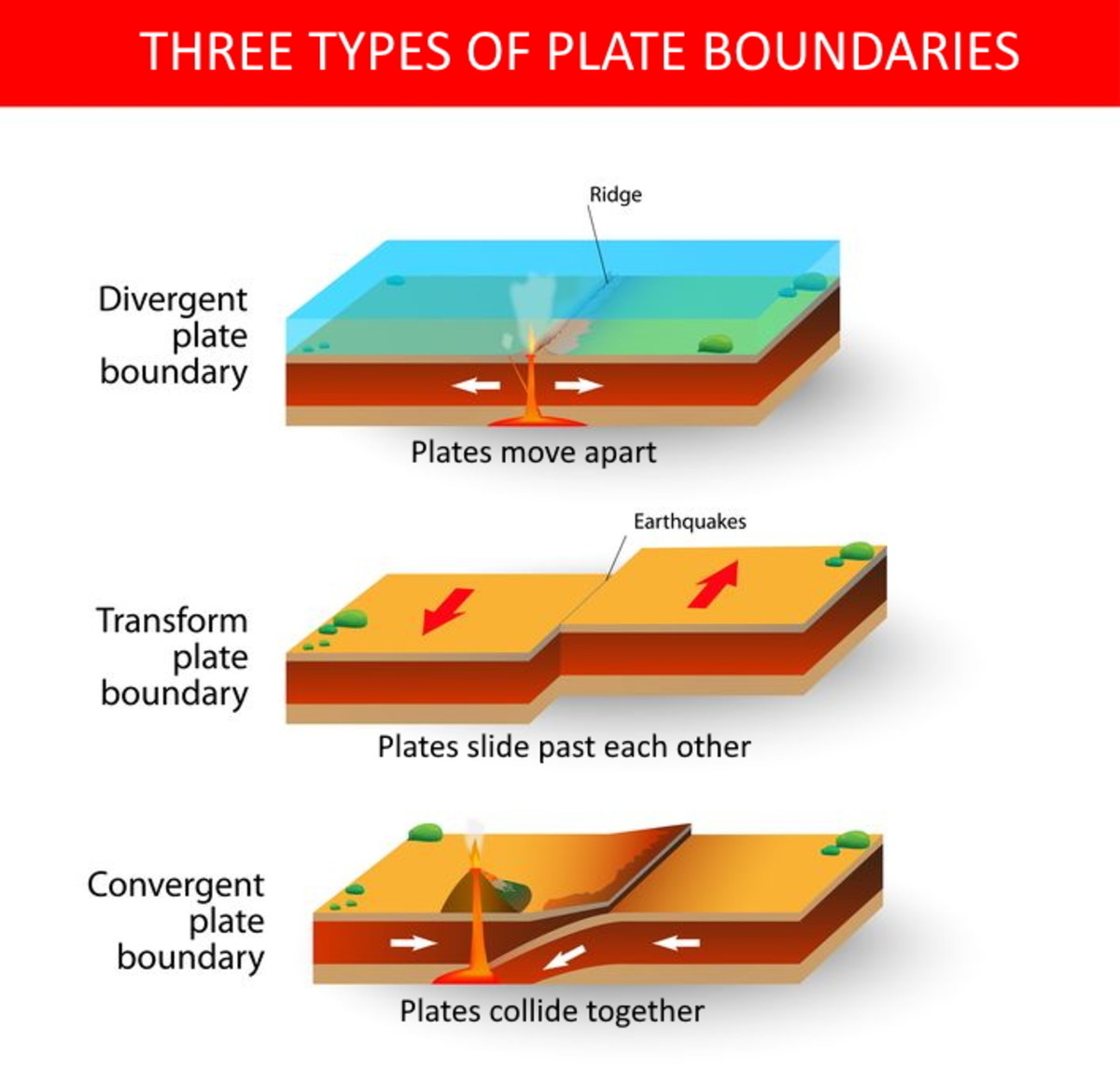

/b8f413db-8bdd-44b8-a0c2-9cc209028ede-56c559863df78c763fa33ff9.png)


:max_bytes(150000):strip_icc()/Oceanic-continental_destructive_plate_boundary_LABELED1-56c559c43df78c763fa341bf.png)

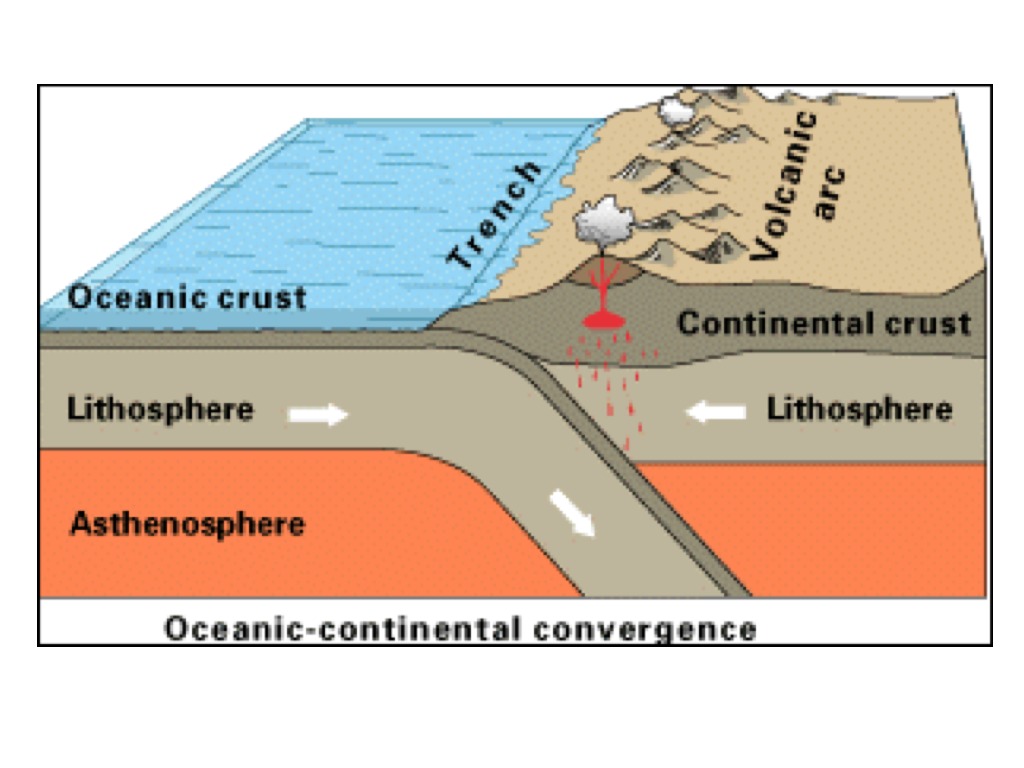




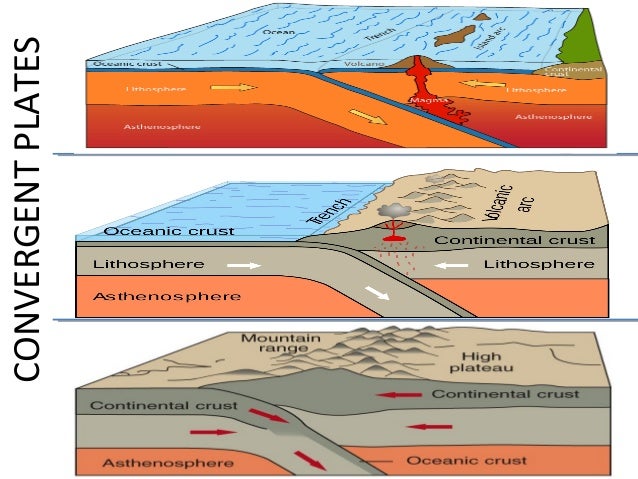


0 Response to "43 diagram of convergent boundary"
Post a Comment